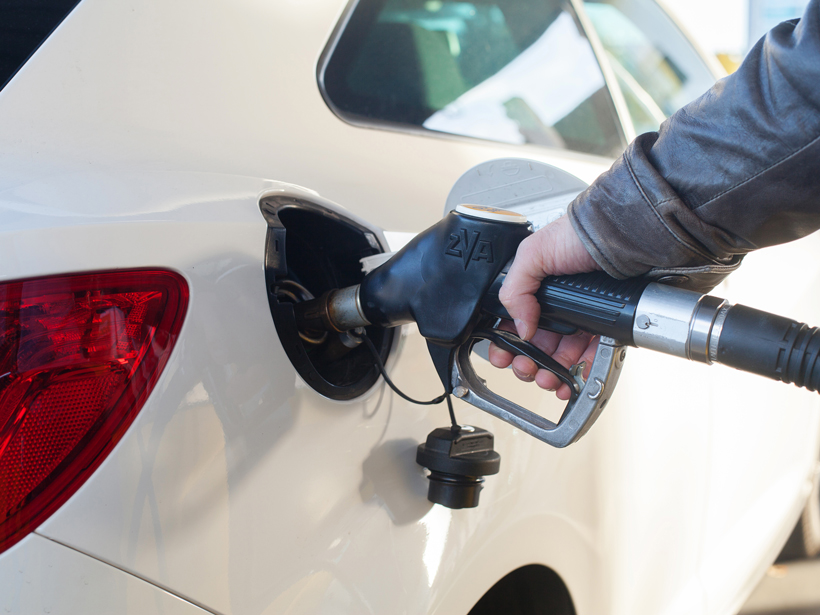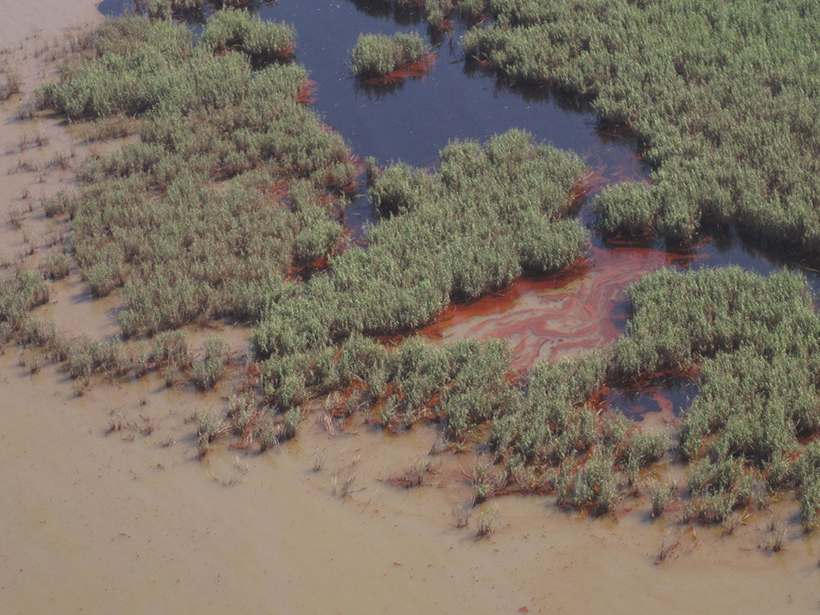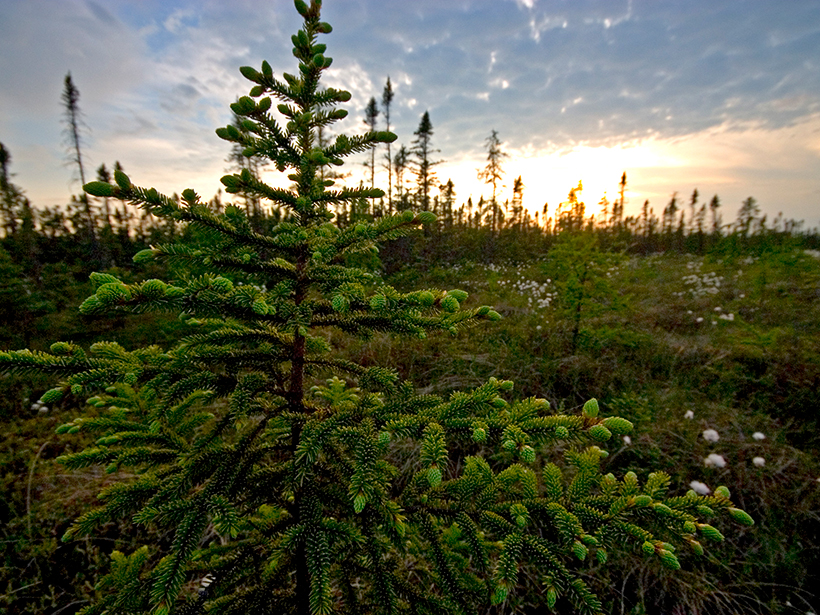This January, the Environmental Protection Agency (EPA) finalized mileage standards set in 2012. Now, at the push of the auto industry, EPA and other agencies are going back for another look.
E. Jacobsen
Elizabeth Thompson, née Jacobsen, is a freelance writer living in northern Virginia. She is a former production assistant and staff writer for Eos. Elizabeth graduated from Williams College with a degree in biology and English, and she is working toward a master’s degree in science writing at Johns Hopkins University. She enjoys spending time outdoors and exploring the workings of the world as fully as she can.
NASA's New Discovery Missions Will Look Back to Our Origins
Two recently approved missions will explore our solar system's early history, looking at asteroids near Jupiter and an odd object that may be a planetary core.
Oil Residues Accelerate Coastal Wetland Losses
Coastal wetland loss after an oil spill can be more extensive than after a hurricane.
American Geophysical Union Approves Renovation of Headquarters
The transformed headquarters, to be completed by December 2018, features a design geared toward communicating science to the community, sparking collaboration, and reducing environmental impact.
A Wetter Climate Increases Methane Production in Peat
As northern Minnesota's climate got wetter, precipitation drove mobile forms of young carbon deeper into peatlands, doubling the size of methane-producing strata.
Five States Put Energy and Environmental Issues on the Ballot
From banning plastic bags to regulating solar power, states across the country asked voters to make important decisions on energy and the environment.
Seismic Wave Videos Combine Sight and Sound
Researchers convert seismic data into sounds and animations, providing scientists with a new way to view what happens to Earth during earthquakes.







